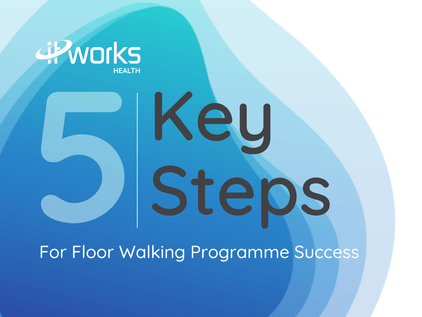Without further ado, here are five key things you should factor into a new clinical system implementation:
1. An Effective Change Management Strategy
An effective change management strategy (including both clinical and non-clinical staff within the hospital) ensures that your implementation is fit for purpose across all levels. For me a team of engaged staff though the trust embracing the change is the key. Executive leaders, management, providers, and clinical staff are the key players who need to be engaged throughout the process. Having clearly defined roles and responsibilities during and after implementation will guarantee the success and effectiveness of the clinical system.
2. Executive Sponsorship
Another key milestone in a new clinical systems change is the clear identification of executive sponsorship. Clear involvement and interest from the leadership team guides people through the change process, ensuring messaging to all stakeholders is consistent. Leadership not being on board with the change, normally leads to staff being reluctant to support the new implementation.
3. Front-Line Staff
Appointing clear front-line staff and providers to head up the change is essential. Front-line staff and providers are the key influencers of the hospitals staff who can instantly recognise roadblocks and identify potential sticking points before they come to fruition. Therefore, it’s important that they become advocates for the implementation.
4. Clinical Systems Integration
Integrate your new system implementation with your clinical IT roadmap. While all this change is happening within a trust you have to expect that optimisation will be an ongoing process - even after the Go live. Planning for regular technological replacements, new enhancements, and initial design developments will saves you the stress further down the line. Factoring optimisation into the roadmap and budget will ensure resources are available to support existing technologies, while new functional requirements are being implemented.
5. Employ the Right People
Last, but by no means least, be sure to employ highly trained staff to execute the methodology. Frankly, its success will depend on having the right people in place. Having a quality team who are organised, efficient, and experienced in system implementation, stabilisation, and optimisation is vital. It’s the people in the team that ensures the new clinical system satisfies your clinicians and providers, serves your patients, and meets regulatory standards.
Overall, it is people that makes any EPR system implementation a success! By intentionally managing the cultural, behavioural, and organisational changes that need to happen to make the EPR fully functional you will fully benefit from the implementation.
What are factors do you think make a clinical system implementation effective?




